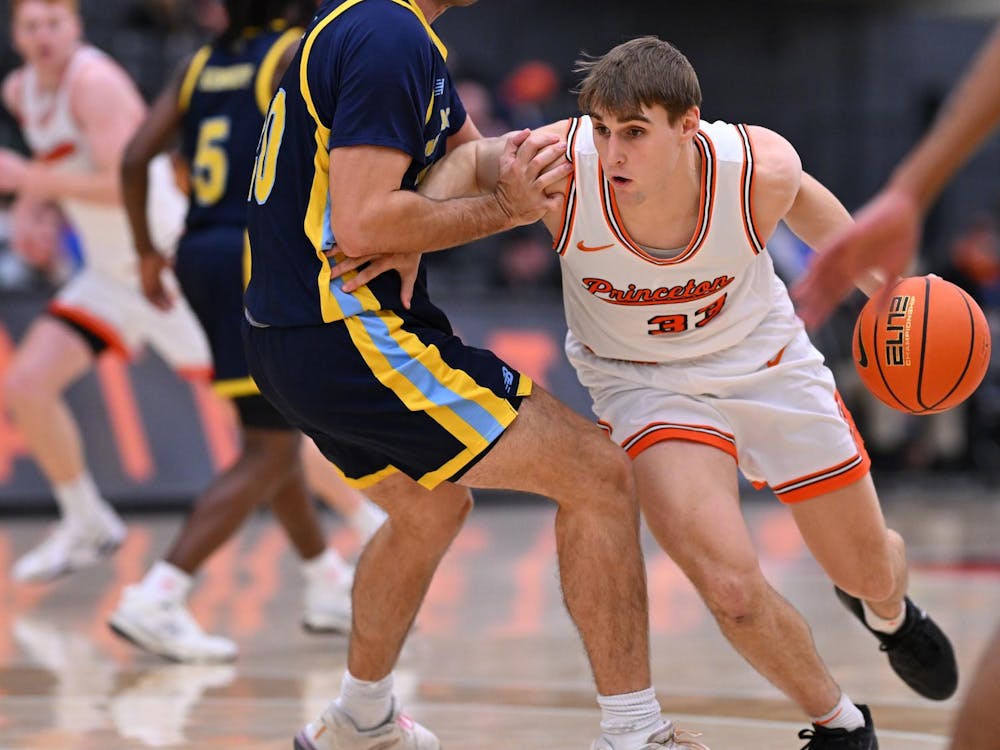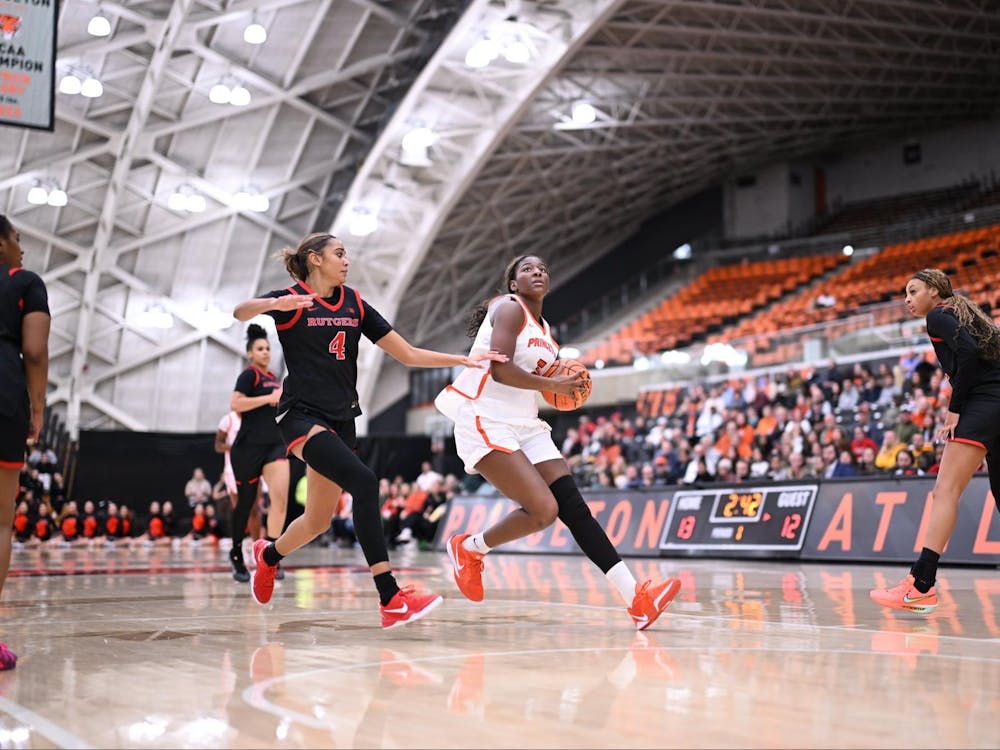They say that all streaks must come to an end. However, there does not seem to be an end in sight for the sprint football team's 31-game (and counting) losing streak.
The streak, the second longest NCAA Division I men's losing streak of all time (second to Northwestern football's 34-game skid from 1979-1982), started in October of 1999 against Penn. Since then, the Tigers have had over five full seasons worth of games without a victory.
During the streak, the team has been shut out nine times, has failed to score 10 points in 19 of 30 games and has only scored above 15 points four times. 24 points, the team's highest point total during the streak, is the Tigers' highest offensive output over the past nine years.
Of course, it is hard to score a lot of points when the team rarely finds the end zone. The Tigers have only stumbled across the goal line an average of 1.13 times a game over the past five seasons.
Princeton's average offensive output (203.5 yards per game) during this forgettable streak is less than half of its opponents' yards per game (408) during the streak.
Historically, Princeton's closest games have been with Cornell, in which its average margin of defeat was only 16.7 points. This is a trifle number when compared to the 39-point loss margin suffered at the hands of Navy, Princeton's toughest foe.
To be fair to Princeton, it is hard to win football games when you are overmatched beyond your control. The others teams in the Collegiate Sprint Football League (CSFL) (Navy, Army, Cornell and Penn) leave roster spots open on their squads for recruits.
In the past decade, Princeton has reallocated whatever kind of commitment it has for recruiting to the 37 other varsity sports at Princeton.

Princeton sprint football is celebrating its 71st year of competition. Through these seven decades, the Tigers have compiled an overall record of 162-221-23 (.429), including nine league titles, most of which came in the 1930s and 1940s.
It is hard to believe that a team with such a storied past is now considered the sports laughing stock of the University. Is it the coaching? The players? The team's work ethic? Why exactly has this program gone south?
In fact, it is none of the above.
"It's pretty simple," Director of Athletics Gary Walters '67 said. "It's a numbers issue."

The other teams in the league each have a larger student body from which to draw sprint football players. At Princeton, "It is not that the University has made less of a commitment to sprint football," Walters said, "but that the number of athletic offerings have expanded, diluting the ability of the existing student body to support sprint football."
In the 1930s and 40s, when the Tigers were on top of the sprint football world, Princeton had a student body comprised of 4,200 men.
In addition, the University was only fielding 14 to 16 athletic teams. In comparison, this year Princeton has approximately 2,350 undergraduate males and over 35 sports teams, in addition to many club sport opportunities.
In the first half of this century, approximately 180 students would try out for the varsity football team and those who were unable to make the team would instead play sprint football.
"What has happened since that era," Walters said, "is that we have had the implementation of coeducation along with an accompanying reduction in the number of men, as well as an expansion in our sports program and the development of other sports that compete for walk-on athletes."
Princeton is unfortunate in that those schools that are in the sprint football league have considerably larger student bodies.
Cornell has 13,655 undergraduates; Penn has 9,917; and both Navy and Army, predominantly male institutions, have over 4,000 undergrads. In fact, many colleges over the past couple of decades have dropped their sprint football programs due to the fact that they can not generate enough interest to field a team.
Walters continues to be impressed with the turnout that the team gets at tryouts. This year, 50 students went out for the team. Walters made it clear that as long as there are enough kids who want to play sprint football, the team is here to stay.
"I have enormous pride in the kids and coaches that compete," Walters said, "because as they know, they have no advantages. Every game they are battling against tall odds, and yet they are able to sustain their level of commitment."
Some may wonder how the players and coaches stay committed to the team and motivated to play and practice hard when there seems to be no apparent payoff in the form of a victory.
"It's hard," senior quarterback Dennis Bakke said. "We almost expect to lose, but we have to think we can win. We have to think, 'We can play with them.' We have to fight hard. Otherwise, everyday at practice we just go through the motions."
For now, the University is going to have to live with having its name in the record books, even if it is for a losing streak. And, as Walters jokes, "Notwithstanding what we do, we will always be fifth in the country."







